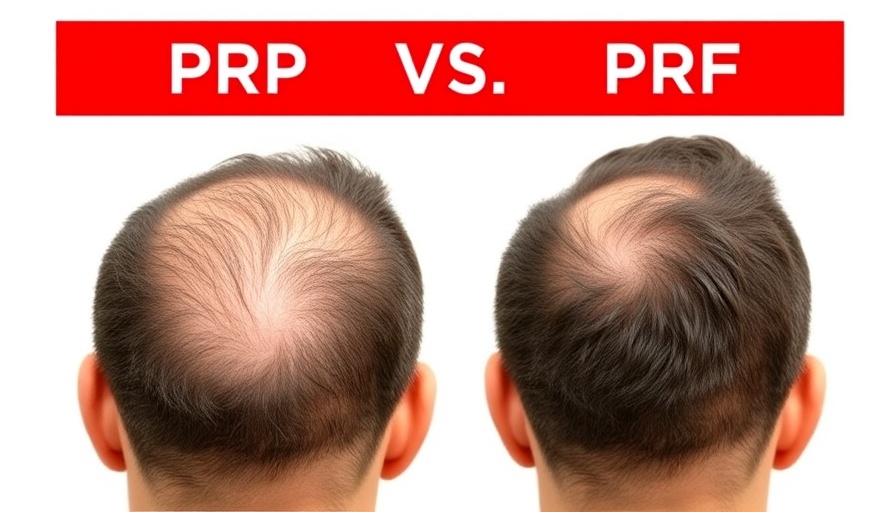
Understanding Hair Restoration: PRP vs. PRF
Hair loss is a common concern for many, and amidst the myriad of treatments available, two terms stand out: PRP (Platelet-Rich Plasma) and PRF (Platelet-Rich Fibrin). With countless clinics promoting PRF as the next big thing in hair restoration, it's crucial for patients to differentiate between the proven methods and the latest trends. So, what exactly are PRP and PRF, and how do they compare?
In THIS New Treatment Is Better Than PRP!, the discussion dives into the comparison of PRP and PRF, exploring key insights that sparked deeper analysis on our end.
What Is PRP?
PRP therapy has been a staple in hair restoration for quite some time. By drawing a small amount of your blood and spinning it at high speed, the resulting PRP solution is rich in growth factors that can stimulate hair follicles. Studies show that PRP is effective in increasing hair density and thickness, making it a go-to option for those suffering from androgenetic alopecia, the most common form of hair loss.
The Rise of PRF: More Than Just a Trend?
PRF, which is similar to PRP but claims to have a longer-lasting effect due to its sustained growth factor release, is marketed as a next-gen treatment. By not using anti-coagulants, the blood is allowed to clot naturally, creating a fibrin scaffold that retains platelets and allows for a slower release of growth factors over time. However, the excitement surrounding PRF is met with skepticism, as substantial clinical studies supporting its superiority over PRP are still lacking.
Key Differences Explained
The critical distinctions between PRP and PRF lie not only in their processes but also in their outcomes. PRP offers an immediate burst of growth factors, which has been proven effective for hair restoration, while PRF's prolonged release is garnering attention but requires further research to validate its claims. Currently, the most credible evidence suggests PRP maintains its status as the gold standard.
Finding the Right Treatment for You
When considering options like PRP or PRF, it's essential to consult with a qualified professional who can guide you through the process. Understanding that individual responses vary, the best candidates for these therapies typically suffer from early to moderate hair loss and possess existing hair follicles that can be stimulated.
Managing Expectations: What to Know
It’s important to enter any treatment with realistic expectations. While PRP has a solid track record and PRF presents exciting possibilities, neither will miraculously restore your hair overnight. Both treatments are best viewed as part of a larger, customized approach that may include medication and lifestyle changes.
Final Thoughts: Knowledge is Empowering
Ultimately, both PRP and PRF offer promising avenues for individuals facing hair loss, but ensuring you're fully informed before proceeding is vital. Patients should be aware of the hype surrounding new treatments and seek out clear, evidence-based information from trusted sources. Whether leaning towards the tried-and-true PRP or the emerging PRF, knowing the facts can empower you to make the best decision for your hair restoration journey.
 Add Row
Add Row  Add
Add 




Write A Comment